Locations
2641 to 2664 of 5372 results
-
Volksgebouw Aurora
Volksgebouw Aurora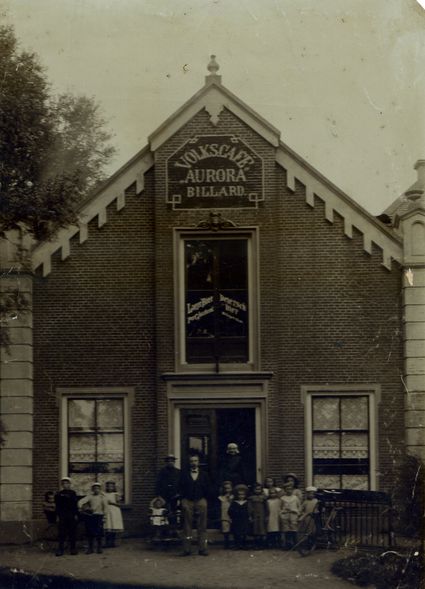 Heerenveen
Heerenveen
from your location
-
Waddensea fishtours and Workshops 't Ailand
Waddensea fishtours and Workshops 't Ailand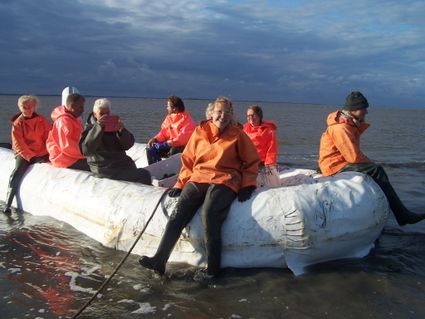 Lauwersoog
Lauwersoog
from your location
-
WSV
WSV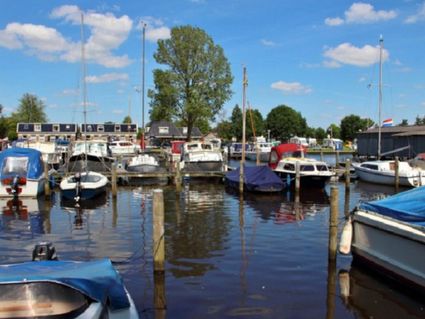 Burgum
Burgum
from your location
-
Woudsend (Wâldsein)
Woudsend (Wâldsein)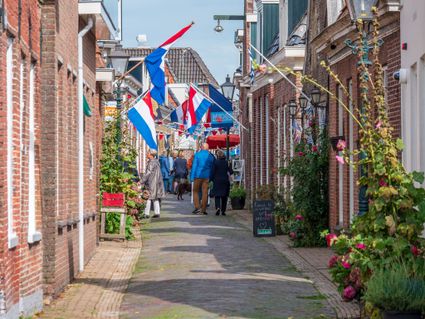 Woudsend
Woudsend
from your location
-
Het Groene Kruis
Het Groene Kruis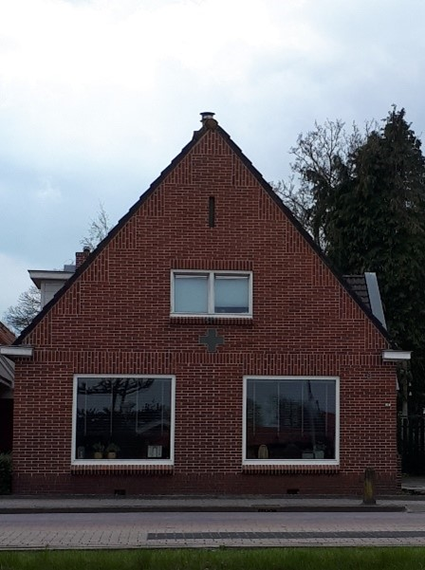 Appelscha
Appelscha
from your location
-
Naamloos beeld
Naamloos beeld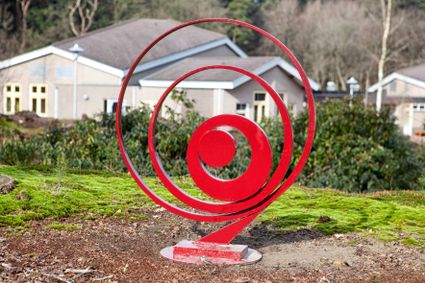 Appelscha
Appelscha
from your location
-
Beach and Recreational Meadow Indijk (Yndyk)
Beach and Recreational Meadow Indijk (Yndyk)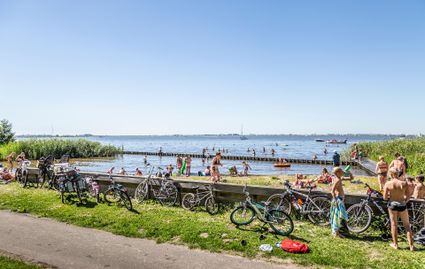 Indijk
Indijk
from your location
-
Saksische boerderij
Saksische boerderij Fochteloo
Fochteloo
from your location
-
Jachthaven Hoora Heeg - Safaritent Tweepersoons
Jachthaven Hoora Heeg - Safaritent Tweepersoons Heeg
Heeg
Direct boekbaar
from your location
-
Occupation of the Blesse bridge by the NBS
Occupation of the Blesse bridge by the NBS
On 8 April 1945, the words "The bottle is empty" sounded on Radio Orange. This code message was the go-ahead for the resistance to start putting bridges, roads and railway lines out of order thirty-six hours later. The Frisian resistance answered this call en masse.
As soon as the Allied vanguard drew near, the armed resistance was also deployed to support their advance. And that sometimes meant that there were also bridges that had to be occupied rather than deactivated. One such action took place in the municipality of Weststellingwerf.
On 12 April 1945, the Canadian vanguard approached the village of De Blesse. The local section of the Dutch Domestic Armed Forces (NBS) was instructed by the resistance leadership to scout the railway bridge and road bridge (the Blesse bridge) over the Linde and, if possible, to occupy them.These bridges were important for maintaining the speed of the Canadian advance. Partly for this reason, they were also often guarded by German soldiers. In most cases, the bridges were also fitted with explosives. This allowed the bridge to be blown up if the Germans eventually had to retreat.
The reconnaissance revealed that the Blesse bridge was guarded by a total of about 10 soldiers. The NBS then decided to attack the bridge from two sides in the evening. Thanks to several aerial arms drops, the resistance fighters were well armed. In the dark, the men set off and split up into three groups. They eventually took up posts north and south of the bridge. The plan was to storm the bridge at two in the morning from the south.To their surprise, their fire was not returned as they approached the bridge. The guards appeared to have disappeared. With that, the bridge had unexpectedly fallen into the hands of the NBS without bloodshed. Moreover, no explosives were found to be affixed to bridge. After the bridge was secured, it was guarded until the Canadians arrived.
News of the occupation of the bridge was reported to the section commander the same night. And through other means of communication, the news also reached the Canadians. Holding the bridge facilitated and accelerated the Canadians' advance later in the day.
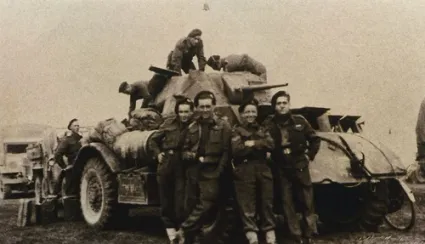 De Blesse
De Blesse
from your location
-
-
Waddenhop
Waddenhop Harlingen
Harlingen
from your location
-
Fries Verzetsmuseum
Fries Verzetsmuseum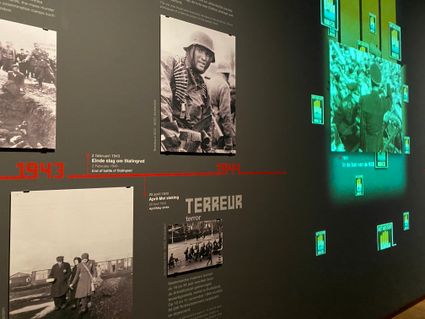 Leeuwarden
Leeuwarden
from your location
-
Waskmar
Waskmar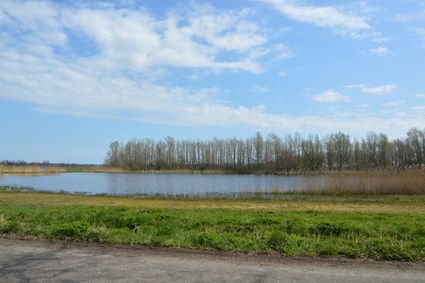 De Wilp
De Wilp
from your location
-
Summio Havenresort Terherne - Havenzicht 4
Summio Havenresort Terherne - Havenzicht 4 Terherne
Terherne
Direct boekbaar
from your location
-
IMPACD Boats
IMPACD Boats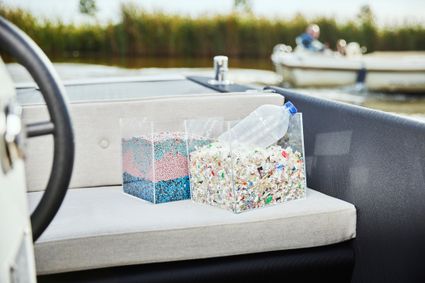 Woudsend
Woudsend
from your location
-
De Kade
De Kade Drachten
Drachten
from your location
-
Wad Noflik
Wad Noflik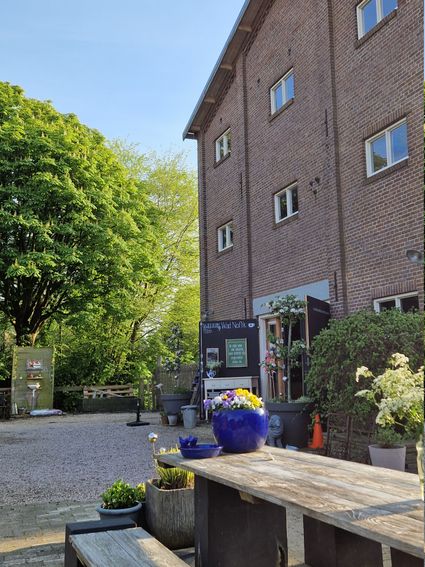 Oudebildtzijl
Oudebildtzijl
from your location
-
Friesian Ice Skating Museum
Friesian Ice Skating Museum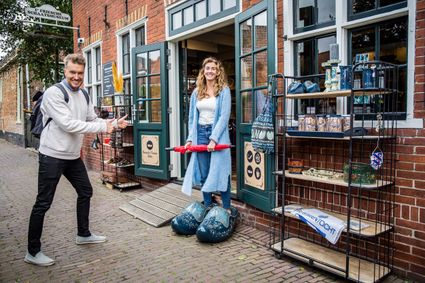 Hindeloopen
Hindeloopen
Direct boekbaar
from your location
-
Hein Mader Sculptures
Hein Mader Sculptures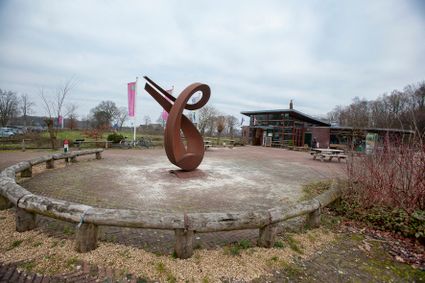 Appelscha
Appelscha
from your location
-
Natuurkampeerterrein minicamping Singel
Natuurkampeerterrein minicamping Singel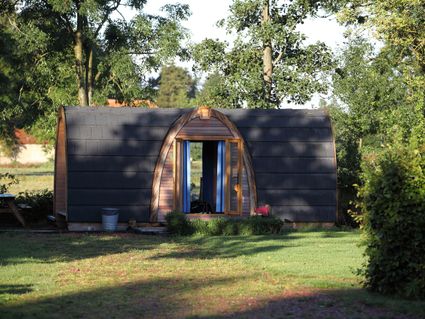 Jubbega
Jubbega
Direct boekbaar
from your location
-
Turfstrooiselfabriek en Vuurwerkfabriek
Turfstrooiselfabriek en Vuurwerkfabriek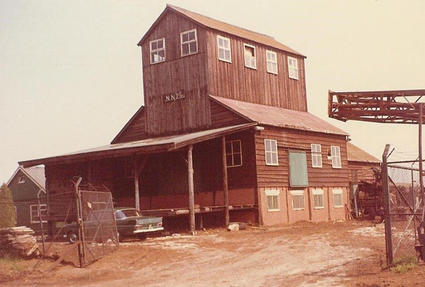 Fochteloo
Fochteloo
from your location
-
Peal 8: De Helling
-


Accept cookies to see this content.
Peal 8: De Helling
Dit punt is ûnderdiel fan it trajekt 'It Paad Werom Terherne'. Besjoch de hiele rûte.
(harkje hjir nei it audioferhaal)
Foar dy leit de âlde helling fan Terherne. En it prachtige hûs hjir rjochts foar de bocht, wurdt yn dit jier bouwd troch de hellingbaas. Hy hat it nammentlik hiel drok. En dochs foarsjoch ik problemen yn de kommende jierren. En ik foarsiz dy dan ek dat hy binne 15 jier fallyt gean sil. Ik flústerje him dan ek yn dat er oarstappe moat op wurkje mei izer, mar hy is eigenwiis: ‘Hout sinkt net!”ropt er. En ja…. Do begrypst it al hoe’t it ôfrint mei him…..
Werom nei hjoed de dei.
We sjogge noch eefkes nei de húzen oan de oare kant fan it wetter. Hielendal op’e hoeke stiet in hûs dat útsjocht op de hjoeddeistige wite slûs fan Terherne. Witst noch dat ik it hie oer nòch in kroech op de oare úthoek fan Terherne? Dy stie dêr op dat plak. Op in úthoeke fan Terherne. It sil sa rûn 1853 west hawwe dat dizze kroech in nije namme krije moast, omt de namme doe, de “Brette Poask” referearre oan de skelnamme foar de Terhernsters. De kroechbaas ferneamde de kroech nei in oare úthoeke fan de wrâld, wêr’t yn dy tiid in oarloch fierd waard: De Krim.De Krim dus, ferneamd nei in oarloch. Yn earsten in kroech en letter in Buorkerij. Dizze buorkerij baarnde ôf yn de jierren sechtich fan de foarige ieuw. Hjir krige it toerisme ek in oare foarm. Yn de heal ôfbaarnde en opromme skuorre ûntstie in camping en der waard kampeart.
It wite hûs oan de oare kant fan de feart is in slûswachterwenning. Der wie hjir noch in kearslûs, foar stoarmeftich waar, wêr’t dizze wenning by hearde. Der is in soad bart op dit plak. Want eart dit punt fan Terherne it ekonomyske swiertepunt waard, hie Terherne al yndustry. Op it plak fan de kroech De Krim en letter de ôfbaarde kampearbuorkerij stiene dêrfoar mânske kalkovens. Myn ûnthâld jouwt oan dat dit tusken 1600 en 1840 west hat. Dit skiereilân wie dêrfoar in strategysk plak, want der koene makkelik turf en skelpen oanfierd wurde. Der stiene hjir 2 of 3 kalkovens. Mei skelpekalk waarden húzen metsele en sa hat it wite hûs oan de oare kant ek in leshûs west om de brande kalk te blussen (Dat wurdt ek wol lesse neamd). Dit ferklearret ek de lange foarm fan it hûs. It hûs hat dus mear funksjes hân. It wie in flinke yndustry foar in plakje as Terherne en troch alle tiden hinne kinne je sizze dat oan de úteinen fan Terherne de wichtige bedriuwen stiene. De farwegen wiene liedend.
Okee, we draaie ús no om. En we rinne itselde paad werom nei it boatestasjon, it begjin en einpunt fan de kuiertocht.
En dêr slute we dan ek mei ôf. Want hjir krekt foar it Skippershûs is noch in lyts stikje fan de splitsing fan ‘t âlde Far te sjen. In âld stikje farwei, wêroer’t tûzenen skippers fearn hawwe. Yn tiden mei wolfeart en yn tiden fan freeslike earmoede.
En hjir, oan de ein fan de rûte, fertel ik dy it bêst bewarre geheim fan dit doarp: Der is nammentlik gjin ferhaal, oantinken, lêste winsk of geheim dat ècht ferlern giet. Alles leit opslein, as yn in ieuwich ûnthâld, yn it wetter fan Terherne. En dit oarspronkelike stikje fan It Far is wêr’t ik se wei ha en dat is ek wêrst alyd wer nei werom keare kinst.
Wolst mear witte oer de fergetten ferhalen en de skiednis fan Terherne? En sikesto de poarte nei it ferline? Be3gjindan by dit stikje wetter en siz dúdlik myn namme: Broer Sipkes. Dan help ik dy op wei.
Of belje de pleatselike skilder (sûnt 1880) en doarpshystoarikus Theunis van der Meer.
Dit punt is ûnderdiel fan it trajekt 'It Paad Werom Terherne'. Klik hjir om werom te gean nei de rûte.
 Terherne
Terherne
from your location
-
-
Grandcafé Pizzeria De Kruitmolen
Grandcafé Pizzeria De Kruitmolen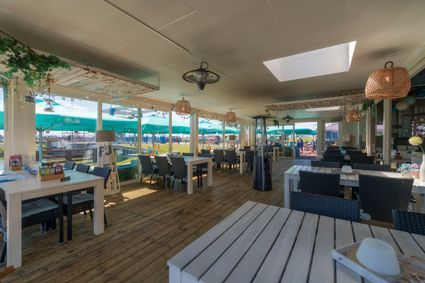 Stavoren
Stavoren
from your location
-
Beachclub Lemmer
Beachclub Lemmer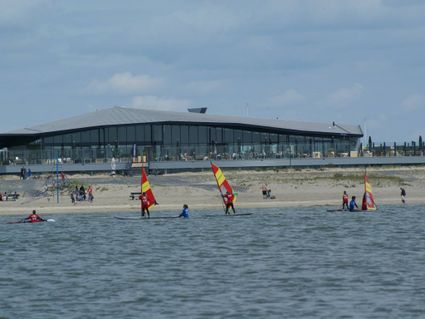 Lemmer
Lemmer
from your location
